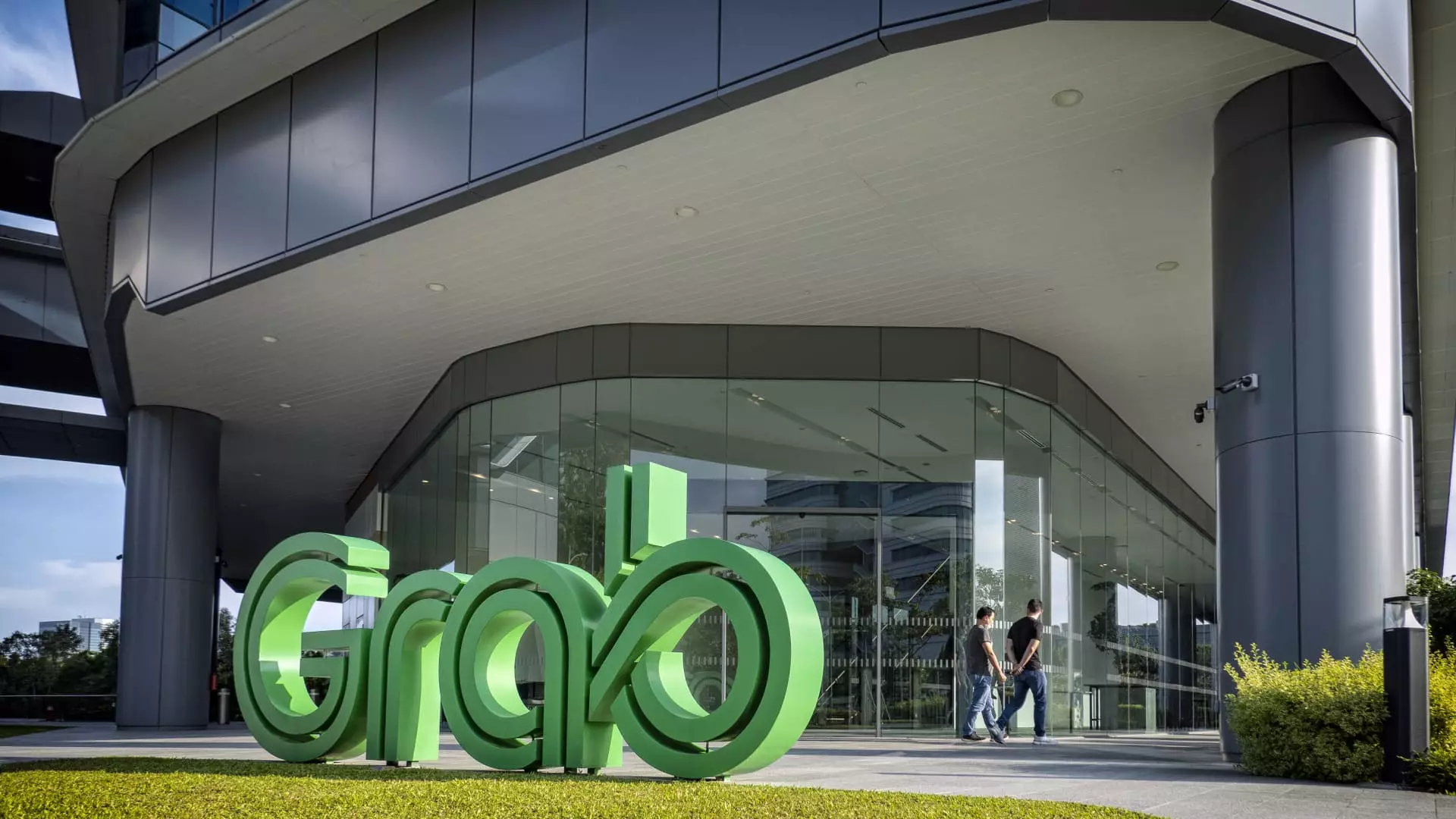Grab Holdings, a prominent player in the ride-sharing and food delivery sectors, recently found itself at a critical juncture as analysts reassess its market performance. JPMorgan has elevated its stance on Grab’s stock, moving from a neutral to an overweight rating, primarily due to its potential for growth despite a disheartening quarterly report. The newly projected price target of $5.60 suggests a possible upside of approximately 16.9%, which may seem attractive on paper. However, one must carefully consider the implications of such adjustments in light of the company’s recent struggles, including a notable decline of over 10% in stock prices following underwhelming fiscal performance.
Grab’s latest earnings report raised multiple red flags, particularly concerning its adjusted EBITDA and net income figures for the fourth quarter. The company’s guidance for the upcoming fiscal year also fell short of analysts’ expectations, with projected adjusted EBITDA ranging from $440 million to $470 million—a stark contrast to the FactSet consensus estimate of $496.5 million. This conservative forecast not only highlights potential vulnerabilities within Grab’s business model but also raises questions about its short-term operational strategies. Furthermore, while the company anticipates a full-year revenue range of $3.33 billion to $3.40 billion, it does not significantly excite analysts, who were keenly hoping for a figure closer to $3.39 billion.
Despite these challenges, some analysts remain optimistic regarding Grab’s long-term outlook. Notably, Ranjan Sharma of JPMorgan believes that Grab might exceed guidance expectations, given its historical trend of delivering stronger earnings than previously anticipated. The key to this upside may lie in the company’s growing Monthly Transacting Users (MTUs), which could indicate an expanding user base and, consequently, improved revenue generation. Sharma posits that an increase in user engagement could provide a significant boost to the company’s earnings in the latter part of the year.
Additionally, analysts are eyeing Grab’s cost-reduction strategies, suggesting that decreasing operational costs could be passed on to consumers, thereby enhancing affordability and possibly attracting a broader customer demographic. Recent gains in advertising revenue and the influx of active advertisers within Grab’s ecosystem further support a bullish narrative, as these could signal new streams of income that would not only improve profit margins but also enhance the overall performance of the delivery segment.
Most Wall Street analysts seem to share the sentiment of cautious optimism. Of the 25 analysts monitoring Grab’s performance, a substantial majority—20—offer strong buy or buy recommendations, while only five analysts maintain a hold rating. The swarm of optimistic sentiment indicates a collective belief in Grab’s potential, reflected in an average target price above current levels, suggesting further room for growth.
While Grab Holdings faces immediate challenges characterized by disappointing earnings and conservative guidance, the broader outlook appears more favorable, buoyed by historical performance and strategic advancements aimed at improving user engagement and advertising revenues.

